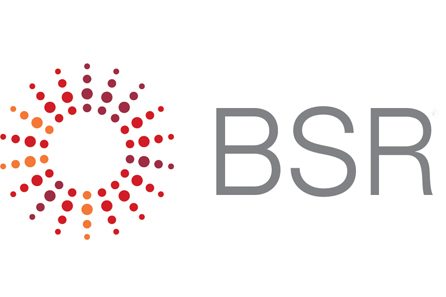Turn your requirements into specifications
Translate your procurement needs into specifications based on the planning work carried out. Separate your sustainability elements into outcome-based specifications that allow suppliers to propose innovative sustainable solutions, and technical specifications, that define more precisely that the product or service meets certain minimum quality, safety, or environmental standards.¹
These specifications will set your expectations and demonstrate to suppliers that you are considering key sustainability risks, KPIs, and impacts in the procurement. Bids which do not comply with technical specifications often need to be rejected (particularly in many public procurement jurisdictions), so only include essential sustainability elements and leave some space for suppliers to meet additional expectations within the contract.
Distinguish between minimum and desirable sustainability criteria
Looking ahead to the SELECT stage, differentiate mandatory criteria from desired award criteria. To do this, organise your sustainability criteria on a spectrum. On one end, your "most preferred" criteria such as innovative sustainability practices. On the other end, criteria that is "most essential." For instance, technical specifications, minimum sustainability requirements, and exclusion criteria.
In the process of advancing your minimum sustainability standards it is natural to seek new suppliers who can immediately meet these higher expectations. However, consider also how you can support existing suppliers to adapt and elevate to the new standards. This can help advance sustainability across the market.
EXAMPLE: NatWest supports suppliers in sustainable improvement
NatWest sought to introduce sustainability clauses across their template supply contracts to support scope 3 emissions reductions and other sustainability practices. A key challenge was creating clauses with teeth (e.g., termination rights) while also being supportive of suppliers. The NatWest team’s solution was building flexibility into contracts allowing suppliers to improve performance over time and collaborating with suppliers to identify and support reasonable improvements. In this case, suppliers did face risk of contract termination for underperformance, but only if improvement were not made after working together.², ³
EXAMPLE: Government contracts require climate commitment
The UK government's minimum criteria for large government contracts (above £5m per year) now requires that bidders have a credible commitment to achieve net-zero greenhouse gas emissions by 2050.⁴
EXAMPLE: Ikea develops multi-tier supplier requirements
Ikea has developed multi-tier supplier requirements, including minimum and desired criteria. The IWAY staircase model, has four levels: "Must – required at all times; Basic – required within 12 months; Advanced – beyond minimum compliance; Excellent – best practices applicable depending on priorities."⁵ Ikea has defined specific criteria for each of its ten key sustainability issue categories. For instance, their Waste Management category has Basic criteria, "G 9.5 Waste is not incinerated on site, unless for the purpose of recovering energy", and Excellence criteria, "G 9.9 All waste is reused or recycled."
Take a more collaborative contract approach
In market conditions where suppliers need support and collaboration, consider making sustainability criteria optional instead of a mandatory prerequisite. Instead, allow both new and existing suppliers to meet your expectations within the contract's duration through clauses, incentives, and cooperative activities. This approach encourages a shift towards sustainability and prevents potential bias towards larger suppliers with sustainability processes in place, thus levelling the playing field and spreading sustainability more broadly in the value chain.
Draw upon sustainability certifications and standards
Where appropriate, use eco and social labels or industry-wide standards and initiatives as a minimum requirement or evaluation criteria. Seek the most credible standards by ensuring they include up-to-date sustainability criteria, mandatory independent verification methods, and a system of industry accountability and consequences.⁶, ⁷
However, be cautious about an over-reliance on standards as a means of assessing and ensuring the sustainability of your purchases, especially for social issues. For instance, research has documented persistent problems in the effectiveness of social auditing and ethical certification schemes when it comes to detecting, addressing, and preventing forced labour.⁸
EXAMPLE: Example of minimum certification: FSC certification⁹
Certification from the Forest Stewardship Council demonstrates that a product comes from responsibly managed FSC-certified forests (FSC 100%) or is made from 100% recycled materials (FSC Recycled). A third option is a mixture of materials from FSC-certified forests, recycled materials, and FSC-controlled wood (FSC Mix). FSC-certified products can be specified when procuring, for example, paper supplies, office furniture, or construction materials.





